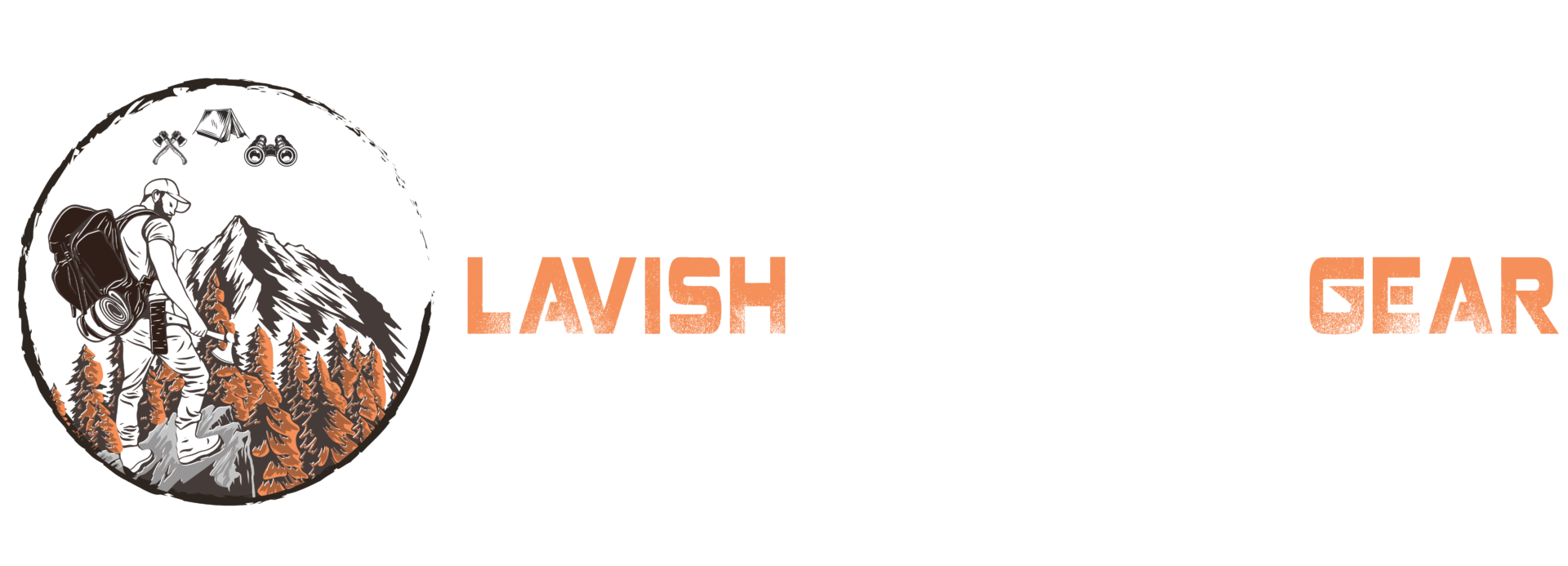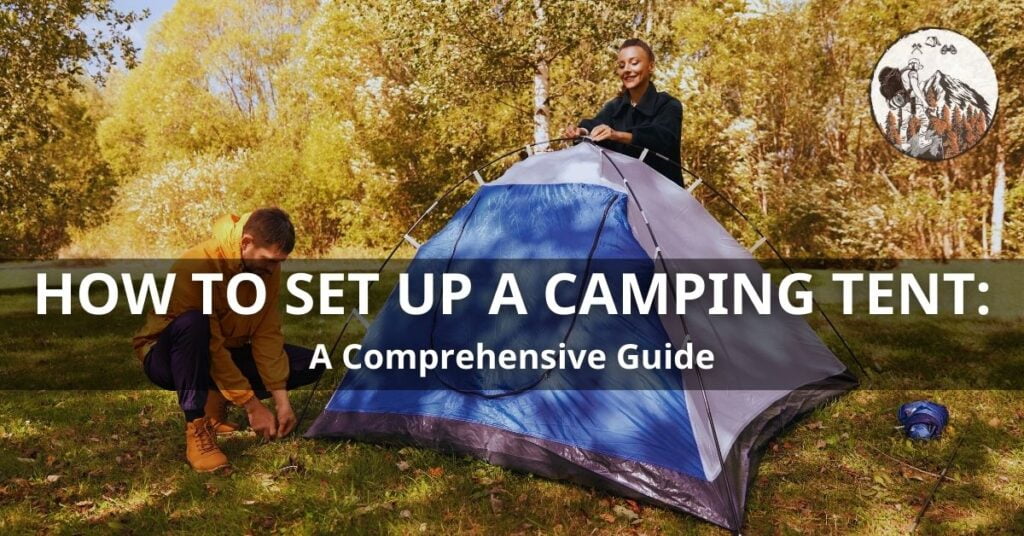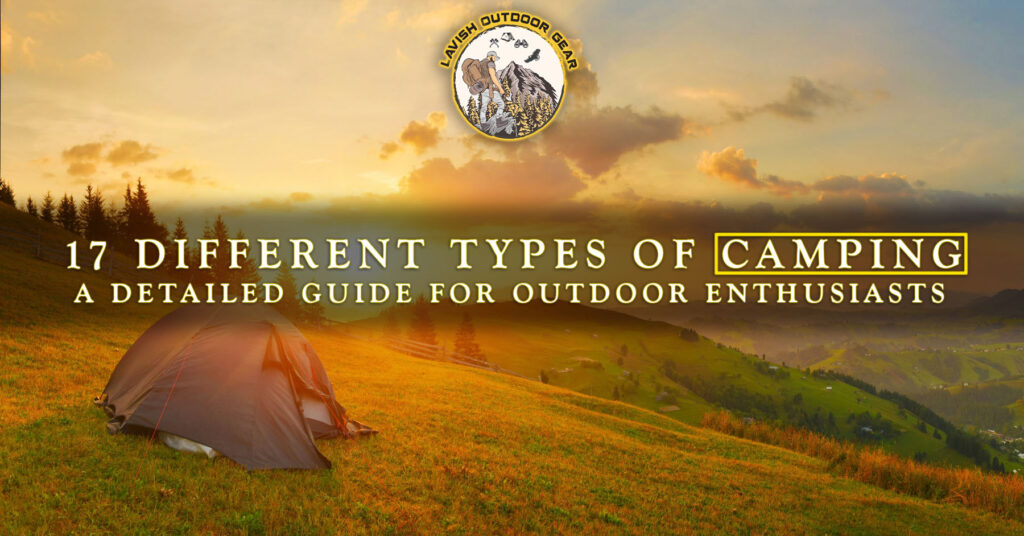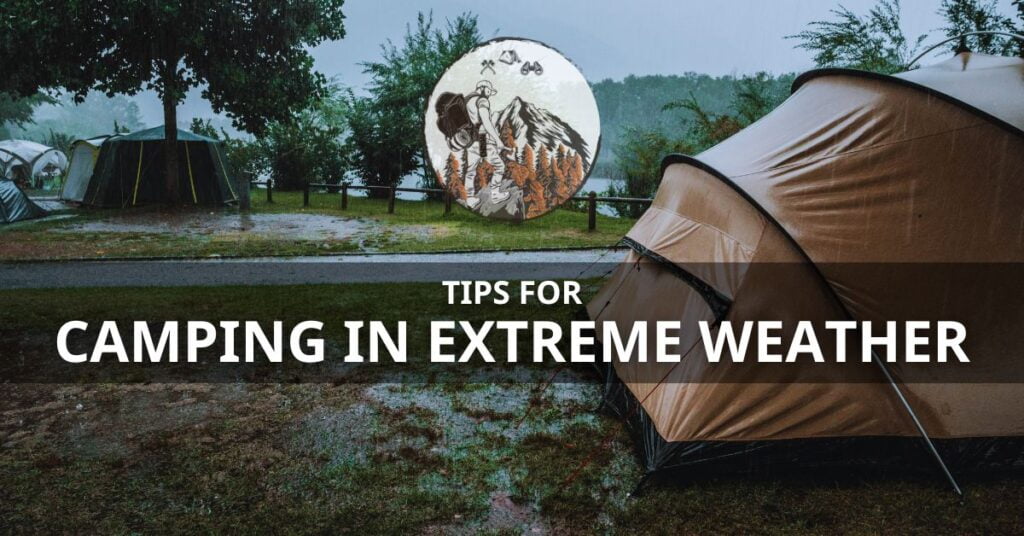Setting up a camping tent can seem like a daunting challenge, especially for beginners. However, with a solid understanding of the process and some practice, you’ll find it’s quite doable—and even enjoyable.
This guide focused on “How to Set Up a Camping Tent” will take you through the steps of properly setting up a camping tent, offering handy tips and ensuring a comfortable and safe outdoor experience.
Importance of Proper Tent Setup
Proper tent setup is crucial for a successful camping trip. It ensures that your tent can withstand various weather conditions and keeps you comfortable and protected from the elements.
Let’s explore “How to Set Up a Camping Tent” like a pro!
Table of Contents

Essential Gear
A. Choosing the Right Tent
Choosing the right tent is a critical first step. Consider the number of campers and the expected weather conditions. Tents come in different styles such as dome tents, tunnel tents, and pop-up tents, each with its unique setup process and suitability for various conditions.
Size Considerations
Ensure there’s enough room for all campers to sleep comfortably. As a rule, consider a tent that accommodates one more person than your group size for additional storage space.
Seasonal Suitability
Consider the weather conditions you’ll be camping in. For instance, a three-season tent is suitable for spring, summer, and fall, while a four-season tent is designed to withstand harsh winter conditions.
B. Required Accessories
Besides the tent, you’ll need a few accessories for the setup.
1. Tent Pegs and Stakes
These secure the tent to the ground, preventing it from being blown away by the wind.
2. Mallet or Hammer
This will help you drive the stakes into the ground.
3. Ground Tarp
Also known as a footprint, this protects the tent floor from damage and moisture.
Selecting the Perfect Campsite
A. Terrain Considerations
Flat Ground vs. Sloped Ground
A flat piece of ground is the ideal location for your tent. If that’s not possible, ensure your head is uphill when you sleep if the ground is sloped.
Avoiding Flood-Prone Areas
Avoid setting up your tent in low-lying areas where water may collect during rain.
B. Safety and Regulations
Distance from Water Sources
Set up camp at least 200 feet away from water sources to protect the area’s ecosystem and to stay safe from potential flooding.
Compliance with Leave No Trace Principles
Always follow “Leave No Trace” principles, which include respecting wildlife, leaving what you find, and disposing of waste properly.
Preparing the Tent Site
Before you set up your tent, you’ll need to prepare the site.
A. Clearing Debris
Remove any rocks, sticks, or other debris from the area where you’ll set up your tent. These can damage your tent and make sleeping uncomfortable.
B. Leveling the Ground
If possible, choose a spot with level ground. If the ground is uneven, try to level it as best you can.
C. Checking for Rocks and Roots
Before you start setting up your tent, check the ground for hidden rocks and roots. These can not only cause discomfort but also potentially damage your tent.
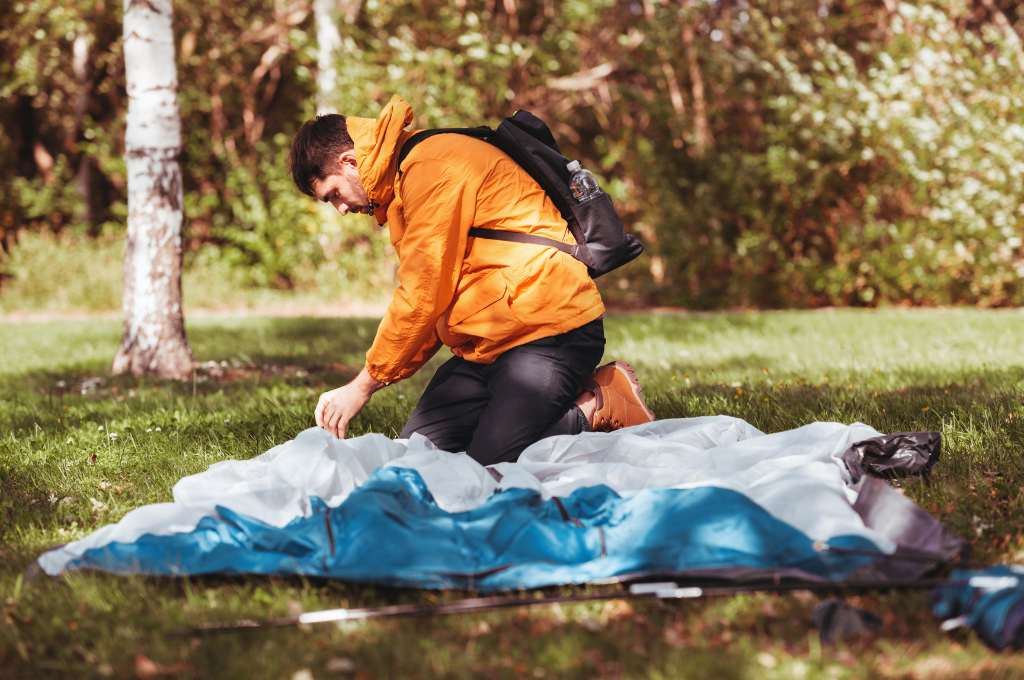
Unpacking and Sorting
Unpack your tent and sort all components. This will make the setup process smoother.
A. Organizing Tent Components
Tent Body
This is the main part of the tent. It should be completely spread out before you begin setup.
Rainfly
This is the waterproof cover that goes over the tent’s body. It provides additional protection from rain and dew.
Tent Poles
These provide the structure for the tent. Make sure all pole segments are intact and connected.
Tent Setup Step-by-Step
Here, we’ll guide you through setting up your tent, step by step.
A. Lay Out the Tent Body
Start by spreading out the tent body on the cleared and leveled ground. The door should face a desirable direction—usually away from prevailing winds.
B. Assembling Tent Poles
Assemble the tent poles by connecting the segments. Be gentle to avoid damaging the poles.
C. Connecting Poles to the Tent
Most tents have sleeves or clips where you insert or attach the tent poles. Ensure they’re securely connected.
D. Attaching the Rainfly
Once the tent body is up, drape the rainfly over it. It should be secure but not overly taut.
E. Securing Tent Stakes
Finally, stake down the tent corners. Make sure the ground tarp doesn’t extend beyond the tent perimeter, as it can collect rainwater.

Adjusting and Finalizing
A. Tensioning the Tent
Proper Pole Tension
Ensure the tent poles are firm and well-tensioned. They should create a sturdy structure without straining the tent fabric.
Adjusting Rainfly Tension
The rainfly should be well-tensioned and not flapping in the wind. Make sure it covers the tent evenly.
Checking for Stability
Give your tent a gentle shake to check its stability. If it wobbles or collapses, recheck the pole structure and stake placement.
C. Door and Window Configuration
Ensure that all zippers work properly and that doors and windows can be securely closed.
Additional Tips for Different Conditions
A. Setting Up in Windy Conditions
In windy conditions, set up your tent with the smallest side facing the wind. Use extra stakes or heavier rocks to secure your tent.
B. Camping in Rainy Weather
If it’s raining or the ground is wet, make sure to use a waterproof footprint or tarp under your tent.
C. Winter Camping Considerations
For winter camping, choose a four-season tent. Clear the snow from your campsite before setting up your tent.
Safety Measures
A. Fire Safety
Keep open flames at least 10 feet away from your tent. Always have a fire extinguisher or water source nearby when you have a fire.
B. Emergency Exit Plan
Ensure everyone knows how to quickly and safely exit the tent in case of an emergency.
C. Insect and Wildlife Precautions
Keep your campsite clean to avoid attracting wildlife. Use bug repellant to keep insects away.
Camping Etiquette
A. Noise Control
Keep noise levels down, especially during quiet hours usually enforced in many campgrounds.
B. Respect for Neighbors
Respect the space and privacy of other campers.
C. Leave No Trace Practices
Follow Leave No Trace principles. Dispose of all waste properly, leave what you find, and respect wildlife.
Tent Maintenance and Storage
A. Cleaning and Drying
Before packing your tent, clean it and let it dry completely. This prevents mold and mildew.
B. Proper Storage Techniques
Store your tent in a dry, cool place. Avoid storing it in its stuff sack for long periods; instead, loosely fold it.
C. Repairing Minor Damages
Repair minor damages like small tears immediately to prevent them from getting worse. Most tents come with a repair kit.
Camping with Children and Pets
A. Child-Friendly Campsite Setup
When camping with children, choose a safe and open area for your campsite. Keep potential hazards in mind.
B. Pet Safety Considerations
If camping with pets, keep them on a leash and never leave them unattended.
Camp Cooking Setup
A. Choosing a Safe Cooking Area
Choose a cooking area that’s downwind and at least 10 feet away from your tent.
B. Storing Food Properly
Store food securely to prevent attracting wildlife. Use bear canisters where required.
Nighttime Routine
A. Lighting Inside the Tent
Use a lantern or headlamp for lighting inside the tent. Avoid open flames.
B. Securing Valuables
Keep your valuables in a secure place or with you in the tent.
C. Proper Sleeping Gear Arrangement
Arrange sleeping bags and pads for comfort and warmth. Keep essentials within reach for the night.
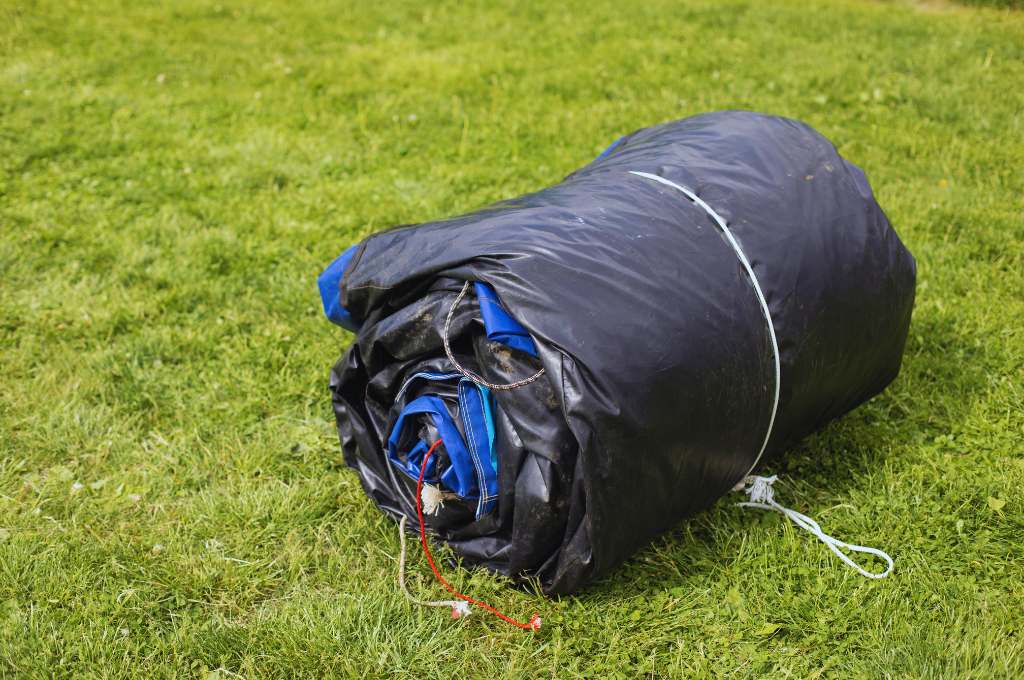
Breaking Down Camp
A. Disassembling the Tent
When it’s time to break camp, reverse the setup process. Remember to clean the campsite and leave no trace.
B. Packing Techniques
Folding vs. Stuffing
You can either fold your tent neatly or stuff it into its sack. The stuffing method is quicker but could lead to wrinkles or damage over time.
Securing Tent Components
Keep all components secure and organized. This will make your next setup easier.
Conclusion
Setting up a camping tent, like any skill, requires knowledge and practice. With the right tools and a step-by-step approach, mastering “How to Set up a Camping Tent” can be quick and easy. So, on your next camping trip, you’ll be able to focus more on enjoying the beauty of the great outdoors and less on wrestling with tent poles. Remember to always follow safety measures and leave no trace behind.
We hope our detailed guide helps you have a successful and enjoyable camping experience!
Happy camping and stay blessed!
FAQS
Q: What do I do if it rains during setup?
If it rains during setup, try to quickly set up the rainfly or tarp first to provide a dry area. You can then set up the rest of the tent under this cover. Also, ensure to secure your gear to prevent it from getting wet.
Q: How can I prevent tent condensation?
Tent condensation can be prevented by ensuring good ventilation inside the tent. This can be achieved by opening vents or partially unzipping the door. Also, try to keep wet clothing and gear outside of the tent.
Q: Is it okay to camp in Bear Country?
Yes, it is okay to camp in bear country, but certain precautions must be followed. Always secure your food and trash to prevent attracting bears. Check local regulations about bear-safe containers and adhere to them.
Q: How do I set up a camping tent?
Setting up a camping tent can be an easy process if followed step-by-step. Here’s how:
1. Select a flat and clear area for your tent. Make sure it’s free from sharp objects that could damage the tent floor.
2. Unpack your tent and lay it out flat. Position the door of your tent facing a desirable direction.
3. Assemble the tent poles and thread them through the designated loops or sleeves on the tent.
4. Anchor the tent to the ground using the pegs. Ensure it’s firm but not overly stretched to prevent damage.
5. Attach the rainfly if you’re expecting rain or dew.
6. Finally, double-check all attachments and zippers to ensure they are secure and functioning properly.
